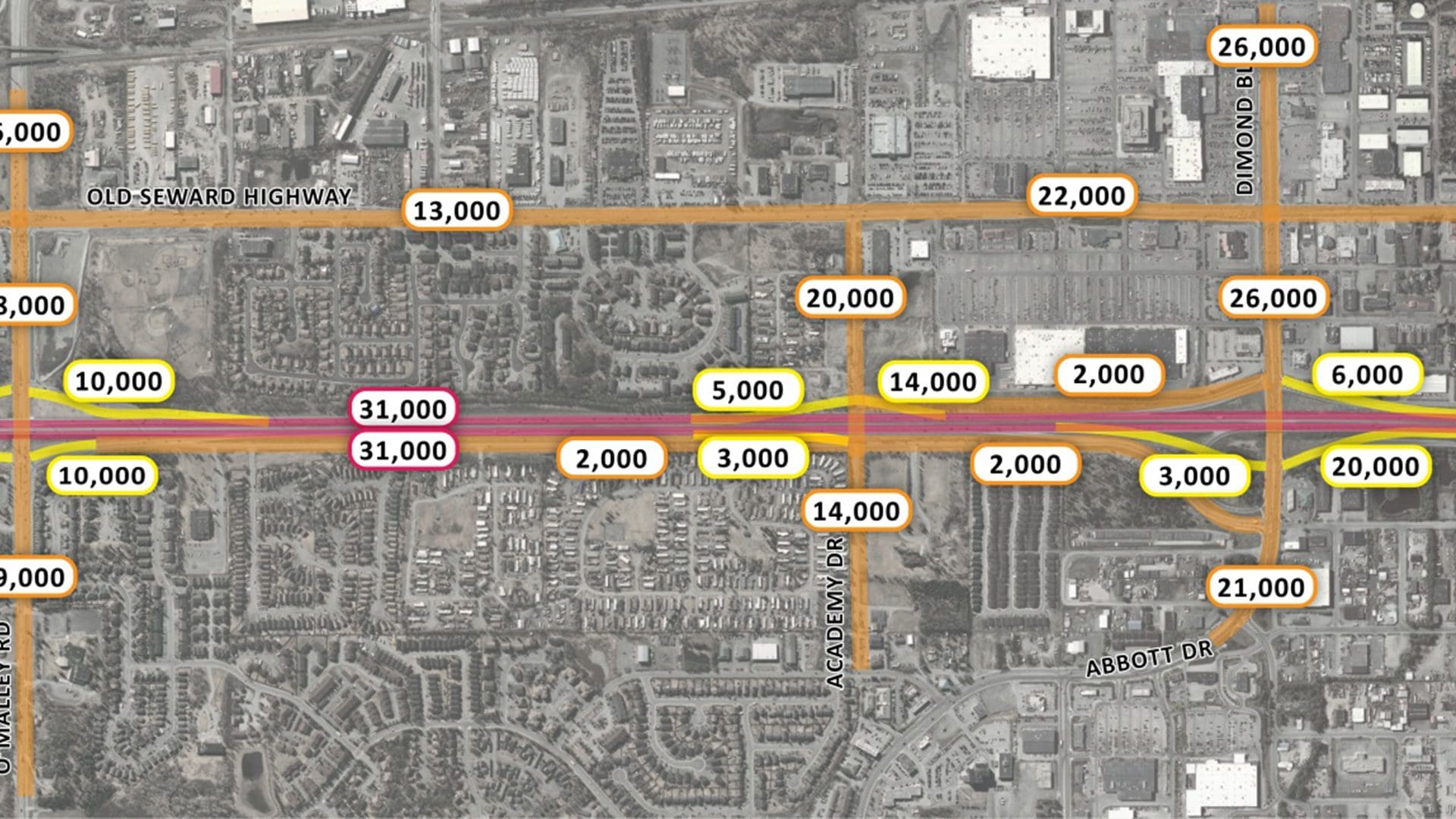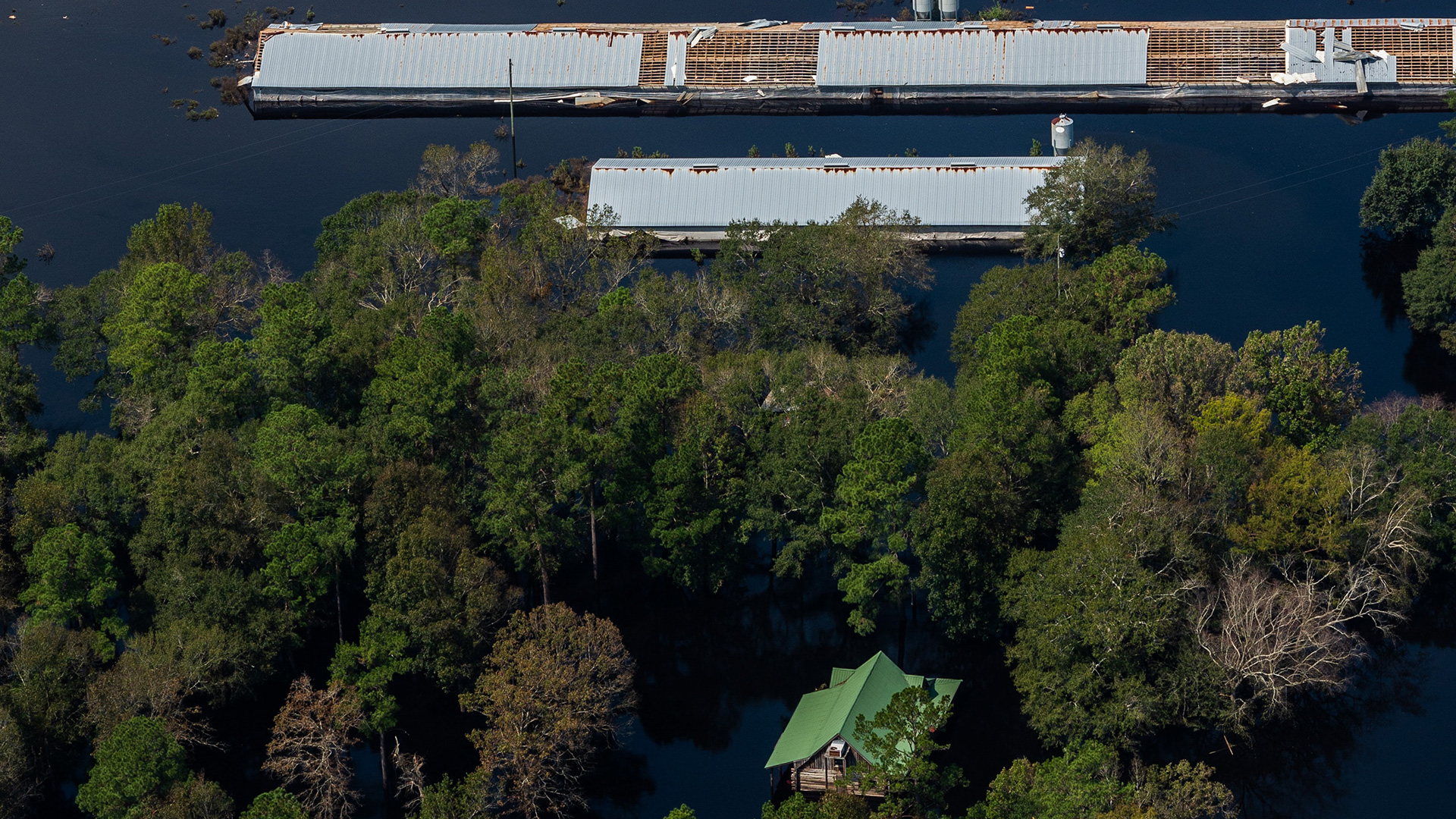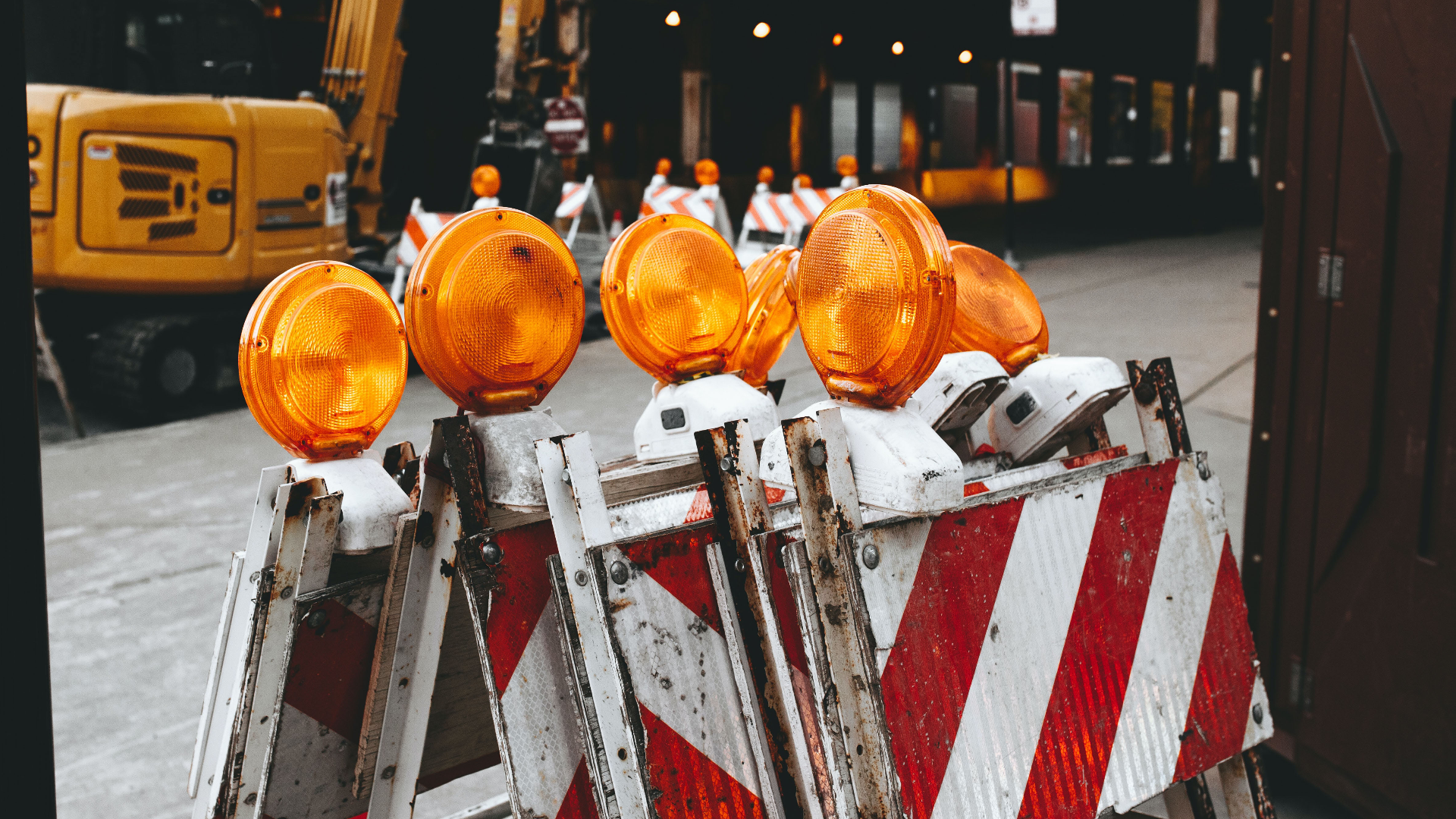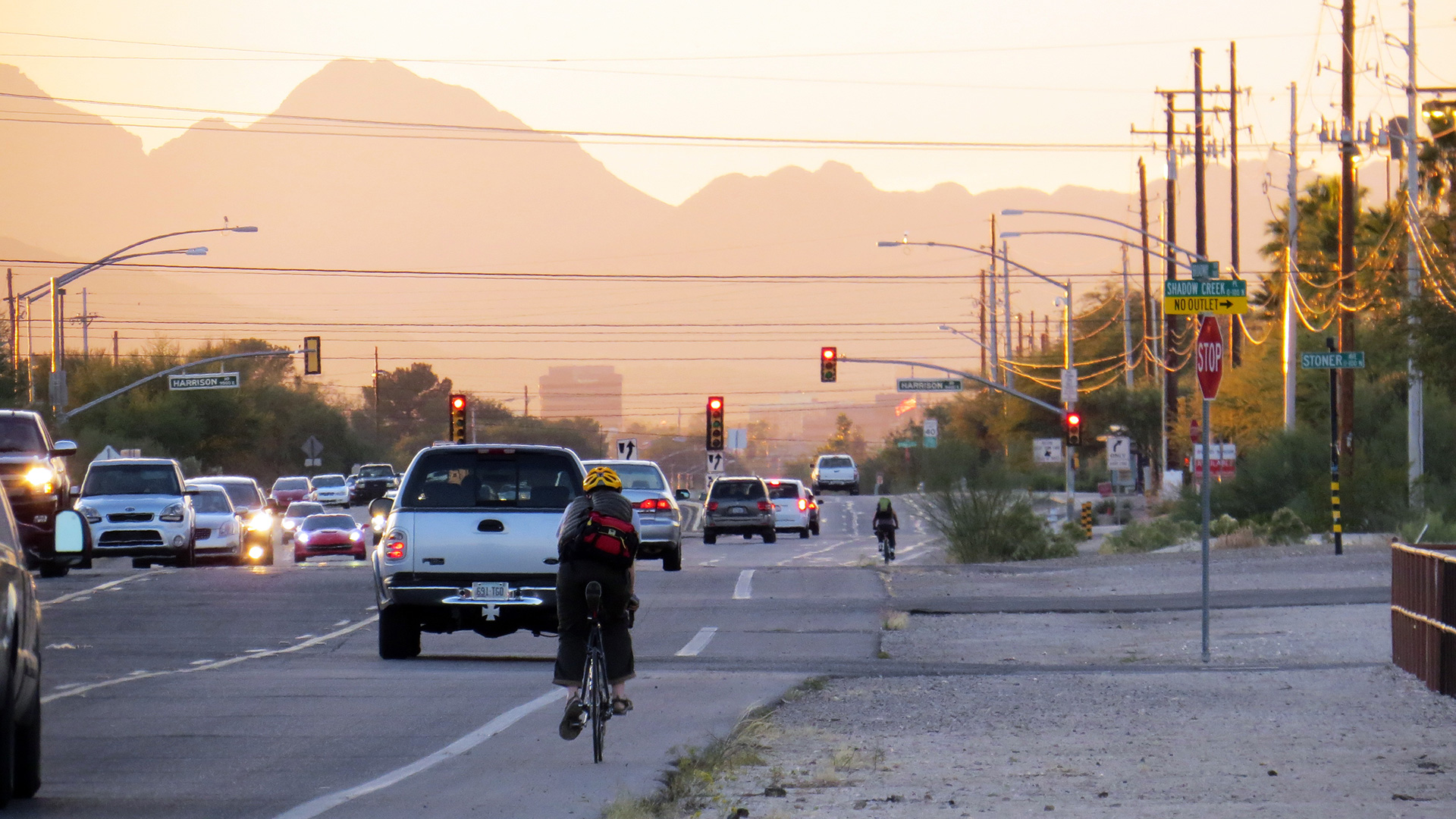Challenge
In Anchorage, Alaska, the Seward Highway is the primary north-south artery for the Anchorage Bowl. With limited crossings, the highway is a barrier to pedestrian and bicyclist travel, and the frontage roads have a history of non-motorized crashes as traffic diverts to these roads during commute periods. During evening peak hours, the traffic exiting at ramps often backs up onto the freeway.
Solution
Kittelson worked with teaming partners CH2M Hill (now Jacobs) and DOWL to develop and evaluate the project corridor and interchange improvements, and to enhance multi-modal connectivity across the highway in order to address safety, non-motorized travel, and vehicle capacity issues.

The Outcome
Fewer Bottlenecks, More Bikeways Across Alaska’s Seward Highway
The project team’s solutions included near-term intersection treatments to address bicycle crash patterns as well as a new interchange to facilitate direct neighborhood and shopping center access, relieve congestion, and create an efficient pedestrian/bicyclist link across the Seward Highway. The team also suggested that two interchanges be converted into diverging diamond interchanges (DDIs) to reduce congestion and improve safety performance along those corridors.



